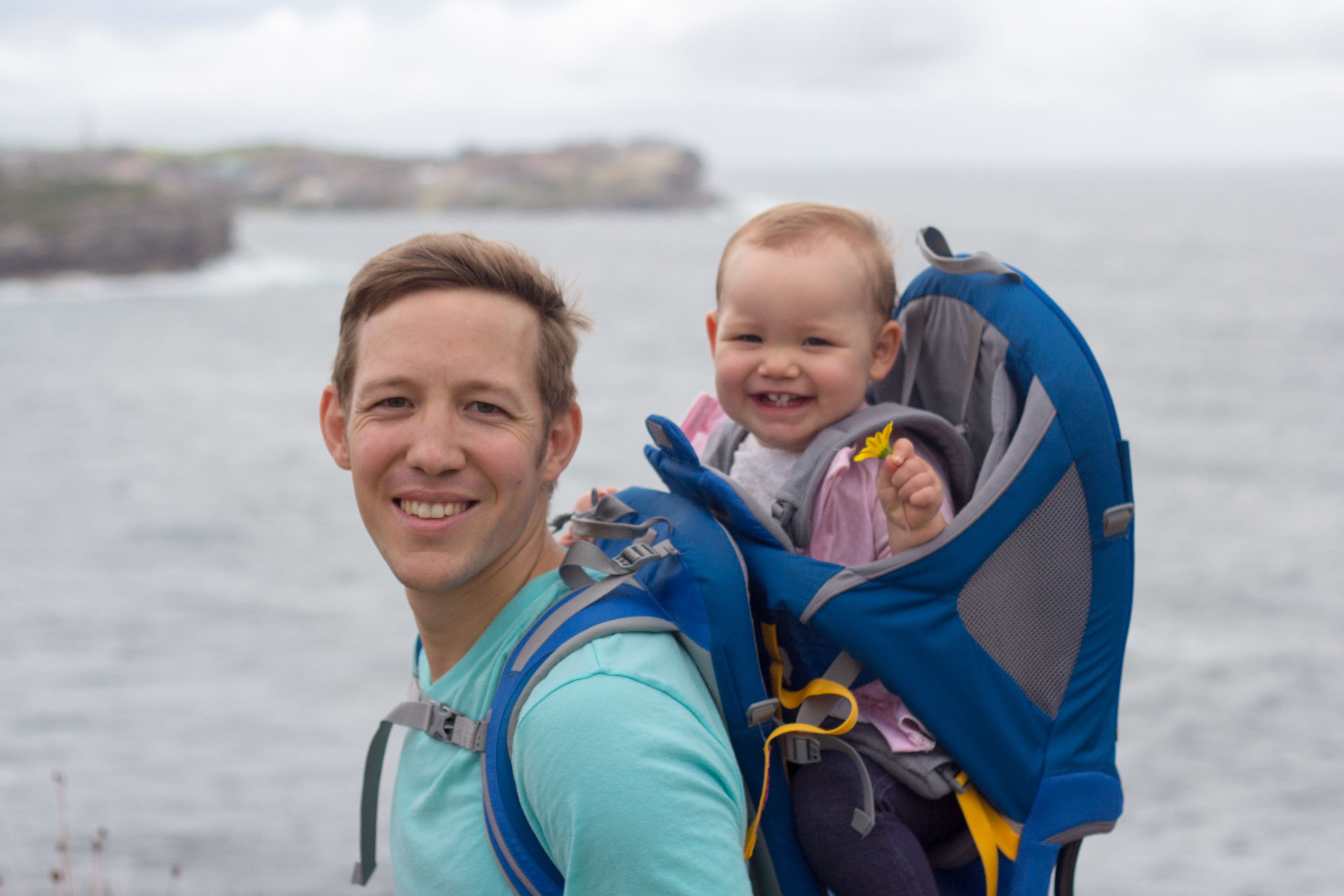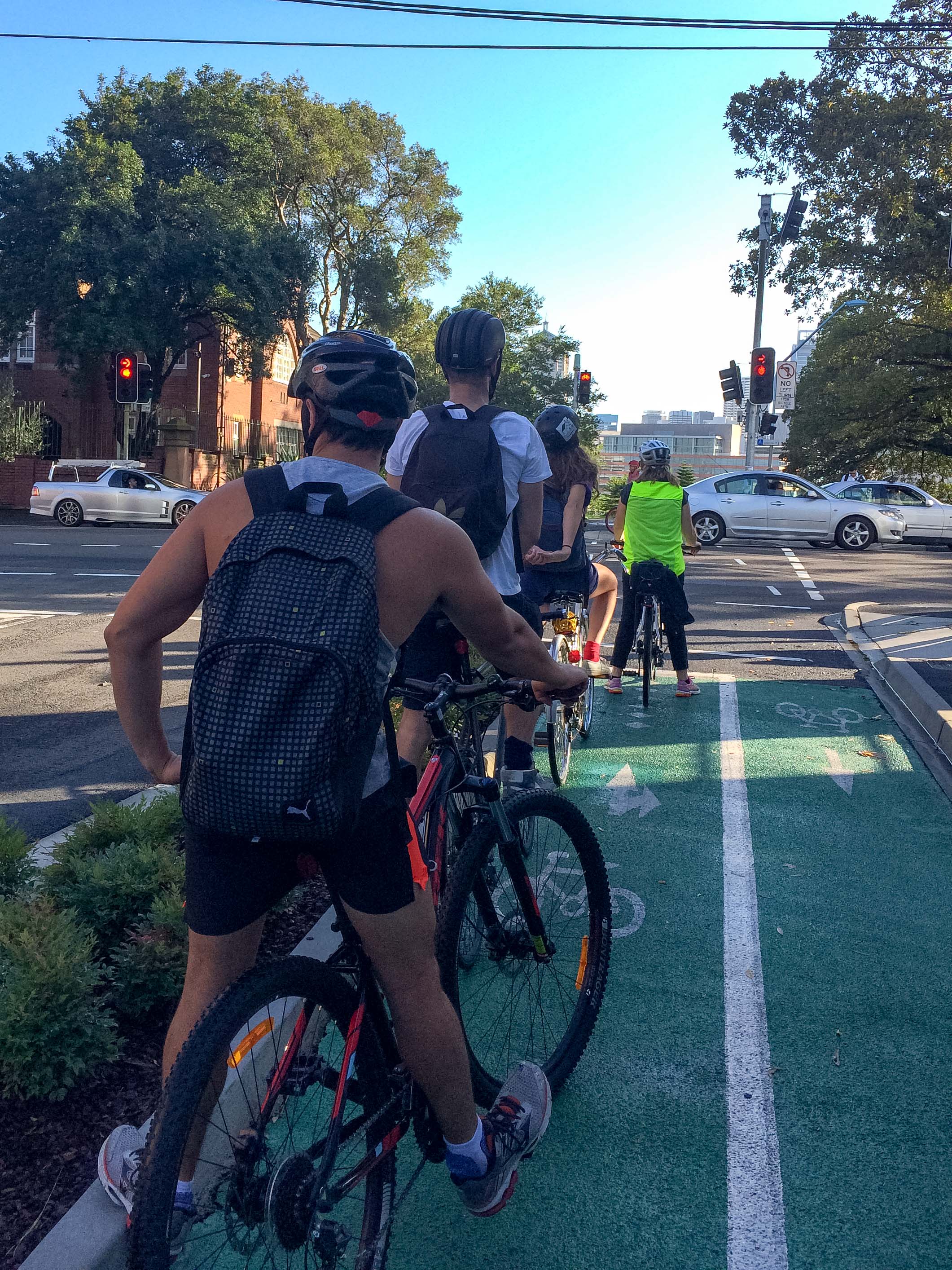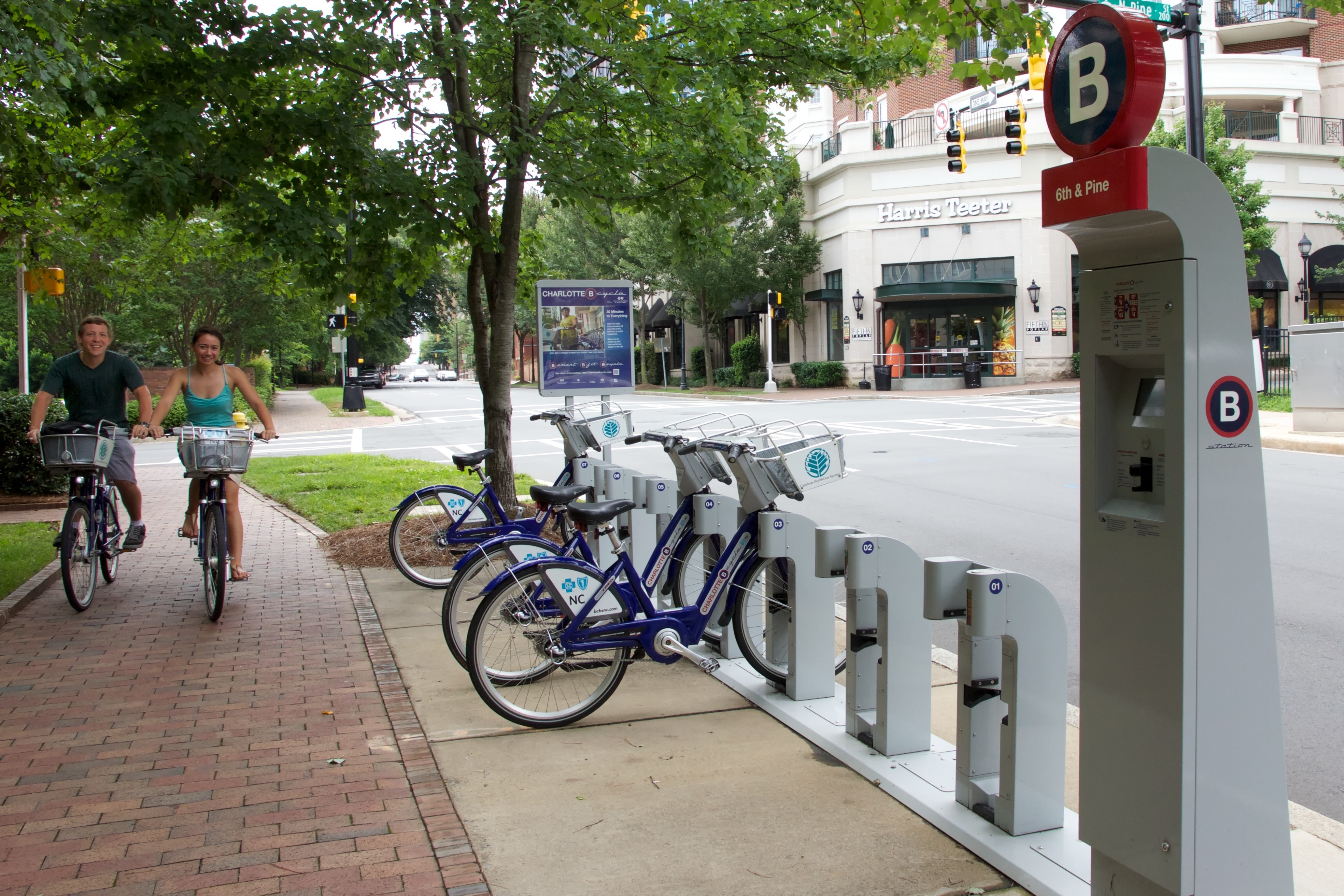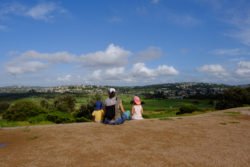How to Enjoy Hikes With Your Toddler
You want to foster enjoyment of the outdoors early, but taking your toddler on a hike seems like a daunting task. How far should you go? What do you need to bring? What about naps? What if they want to quit after 5 steps? Adding hiking back to your family routine is a great way to encourage your active family, but transitioning from carrying a small baby to trekking with a lively, hyperactive companion is both exciting and overwhelming. We spent the last year working through this transition, and will help you through this phase with our simple, 5 step strategy.
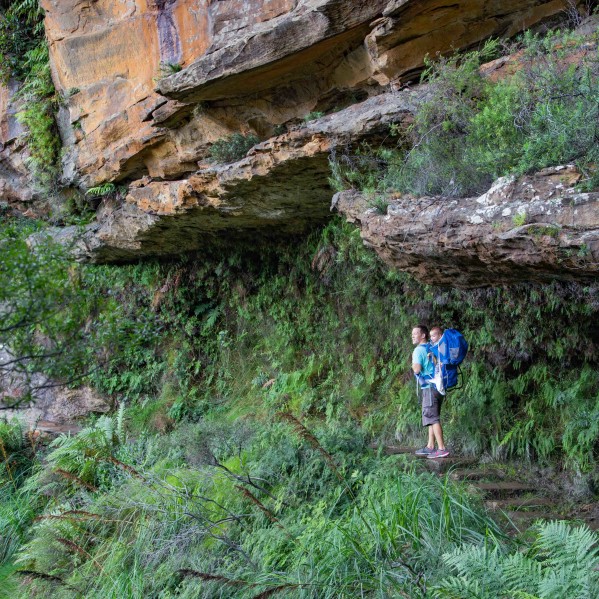
Preparation is key when incorporating new activities with children, and many of us spent countless hours using books, blogs and Google preparing for the little ones’ arrival. Unfortunately, What to Expect When You’re Expecting doesn’t cover the prep-work for family hikes, backseat meltdowns, or the unrivaled hangriness of a toddler. We can’t make any guarantees, but we can share a great way to enjoy sharing nature with your child that is more remote than the park swings.
5 Steps to Enjoyable Toddler Hikes
The night before your first family hike, spend 30 minutes to plan and gather a few essentials:
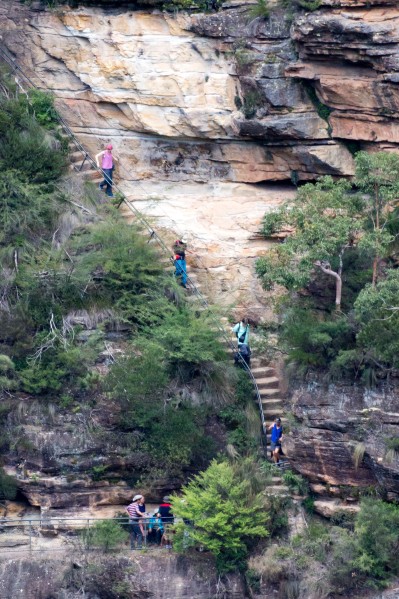
- Choose the path well travelled – For your first hike, choose a trail you know, or at least make sure you or your partner travelled it once before. If you are new to the area, or to hiking, find a nearby, well-trafficked, shorter hike, greenway, or coastal walk. A popular path is usually accessible to all skills levels, have water stations and/or food along the way, and provide safe places for your little one to walk. Once you are all comfortable, you can raise the bar with respect to difficulty and trail location.
- Choose a hike you are able to complete solo in less than 2 hours – With a toddler, reset your expectations and double your normal time. Increasing the expected duration will reduce pressure, and it allows to you focus on enjoying the moments, instead of checking the time.
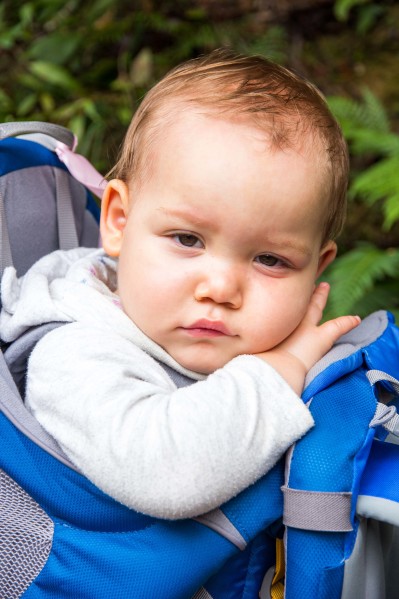 On the practical side, we attempt to time the hikes so CZ sleeps in the Kelty for a good portion of the hike, which lets us cover some distance. I find this strategy keeps both us and CZ engaged and satisfied with the walk. We get exercise and she gets time outside of the backpack to play. Occasionally, It totally backfires, and we are left with a very grumpy, tired-kins – but such is the unexpected nature of parenthood.
On the practical side, we attempt to time the hikes so CZ sleeps in the Kelty for a good portion of the hike, which lets us cover some distance. I find this strategy keeps both us and CZ engaged and satisfied with the walk. We get exercise and she gets time outside of the backpack to play. Occasionally, It totally backfires, and we are left with a very grumpy, tired-kins – but such is the unexpected nature of parenthood. - Pack items for the end of the hike at the bottom of the bag – JZ used to scoff at my backpack loading technique because he came from a utilitarian, overnight, backpacking background. I am an more practical in my approach, and disregard weight and bulkiness. I simply pack in the reverse order of planned use. For example, if we are going to the beach at the end of the hike, the towels are at the bottom, lunch in the middle, and diaper changing materials at the very top. Yes, lunch is occasionally a little squished, but it never ends up on a grimy bathroom floor as we furiously dig for wipes during a diaper changing tantrum. Diaper changing materials should always be on top and easy to access.
- Bonus tip: Use your (or your partner’s) outer/cargo pockets for the items you will need continually throughout the hike. For us, this is emergency raisins, hand sanitizer, and cameras so we only need to unzip the pack for lunch and diapers.
- Tiny feet stay in shoes on the trail – CZ wears her shoes for the entire time she is in the Kelty. If the moment comes where she lets us know (read: screams and writhes) it’s time for a break from the backpack, it is imperative that her shoes are already on her feet. Wrangling tiny shoes on a thrashing toddler requires tactile skills and speed only possessed by the bomb squad. If her shoes happen to get muddy, we have baby wipes, and they are always on top.
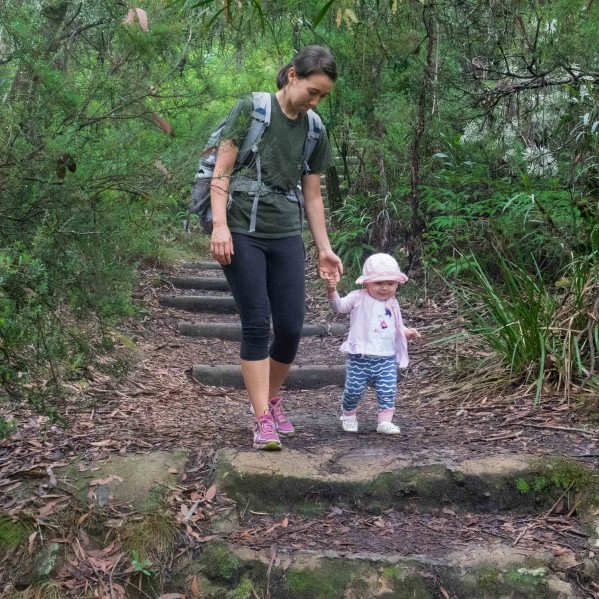
- Let them hike – Toddlers are full of energy; let them burn it off. Over the past year, we carried CZ through rainforests, mountains, and coastal walks, pointing her attention toward interesting wildlife, views, and foliage. As she developed her own interest in exploring nature, we started introducing short stretches of trail for her to walk. For enjoyable toddler hikes, we pick parts of the trail that are less muddy, and if it is a soggy day on the trails, we provide assistance to avoid muddy shoes and wet pants.
In popular, bustling summer locations, you may create a bit of a bottleneck behind your little one. Holding up other hikers and walkers used to make me rather uncomfortable; however, I learned to embrace her pace, and marvel at how quickly she learns and grows. Soon enough she will be tearing down the trails, and we will be the ones slowing her down! For now, we will pull off to the side as needed to let the cardio-focused hikers pass, and almost every one of them smiles at our little half-sized hiker. As we mentioned in other posts, one of our best tips for family fun days is to stop activities when we still feel like going further. We employ this principle with CZ’s mini hikes by monitoring her enthusiasm, and ending her hike before she becomes too tired or frustrated. I think this helps maintain her excitement for her next mini-hike, and helps us finish before dark.
Finally, while it is never to late to start outdoor adventures with the family, starting early does seem increase your success. We commonly hear about the smooth transition for people who got outside and used baby carriers when their babies’ were only a few months old, which is consistent with our experience. Regardless, we all face occasional tantrums surrounding getting strapped into the backpack, and they are generally in response to tiredness or hunger. Once these needs are met, everyone is happy, but it can be rough when she is screaming and kicking as we attempt to nonchalantly walk down a suddenly crowded trail. When you feel all eyes on your and your child, remember that just about every parent has been in your shoes, and just like everything in child rearing, this is just a phase and all phases come to an end.
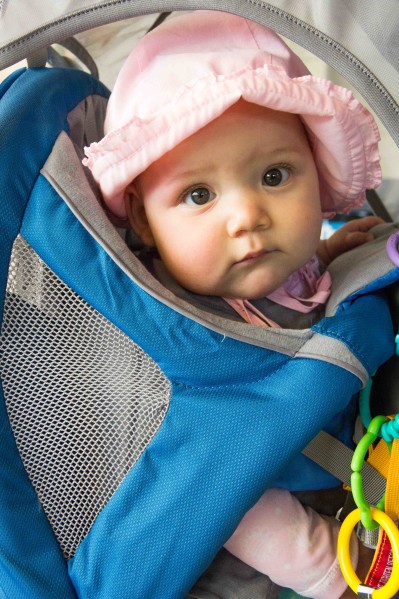
Baby Cecilia at around 6 months!
